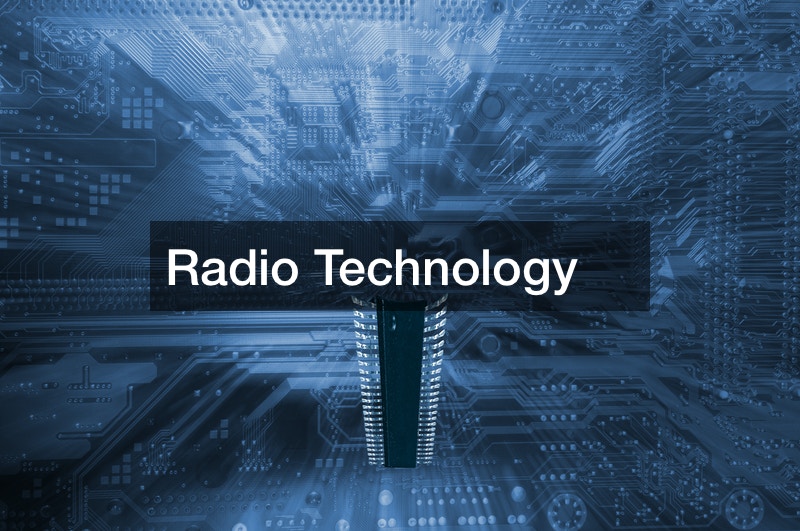The Resiliency of Radio Technology

 Radio technology has replaced media such as cable television, the internet, and mobile technology. Despite the presence of the internet and other customized playlists on their devices, most people still listen to radio programs, news, and other content when commuting to and from work and in the office or warehouse.
Radio technology has replaced media such as cable television, the internet, and mobile technology. Despite the presence of the internet and other customized playlists on their devices, most people still listen to radio programs, news, and other content when commuting to and from work and in the office or warehouse.
Radio technology has over the years experienced profound changes like the ability to access special programs that suit their preference. For most businesses and people, radio technology plays an integral part in being the first responder wireless services that have proven efficient.
What is 1st responder definition? What are the best phone plans for first responders? There are a few key factors to consider before engaging in radio technology. The first one is ensuring that the staff has undergone certified first responder training.
The efficiency of the radio technology program will work best if the services are from experienced people. It is essential to get the right skills for your company to deliver potential lifesaving information in a timely and reliable manner.
On top of this, you will need to make cell phone plans for first responders’ tools. Search the internet or ask among your friends for recommendations on the best phone plans for first responders’ services.

Although radio technology is limited by the fact that it is auditory, and, therefore, does not offer the visual stimulation of other popular media, radio technology has advanced significantly over the past several decades. During the 20th century, technology radio advanced from AM radio to FM radio to satellite radio. As such, those who subscribe to satellite radio are able to access specialized programming to fit their preferences. Like cable television did before it, radio technology allows listeners to choose programming that caters to their interests, whether it’s sports radio, classical music radio, jazz radio, talk radio, or tech radio. Whatever one is looking for, satellite radio technology probably has it. Furthermore, satellite radio technology allows radio audiences to tune into their favorite radio stations without the static and interference was a common disadvantage to AM and FM radio.
During the past century, which included the dawning of television, cable television, the internet, and mobile technology, there is no denying that radio technology has taken a back seat to these new media forms. However, it is also impossible to deny the fact that radio still thrives despite the prevalence of cable television, the internet, and mobile devices. Furthermore, if the radio medium were to be completely obliterated from American history and consciousness, there would be a considerable void that would be left unfilled. Although people have the options of accessing the internet from anywhere or listening to their own customized playlists on their mp3 players and iPods, they still tune into their favorite radio programs in the morning, listen to news and tech talk radio during their commutes to and from work, and listen to classic rock radio in the warehouse or office.

While few people probably stop to think about it, radio technology still occupies an important place in the hearts of Americans. And despite the rise of the internet and mobile devices, which once appeared to be radio killers, radio technology is far from obsolete. Thus, as long as Americans are on the go, there will always be a place for radio technology within American culture.